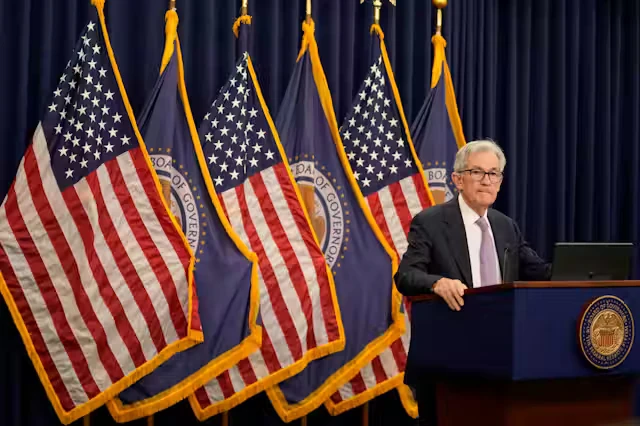In a landmark agreement set to reshape Ukraine’s economic future and deepen U.S. involvement in the country’s postwar recovery, officials from the United States and Ukraine have finalized a sweeping investment deal aimed at funding the reconstruction of Ukraine’s infrastructure and natural resource industries. The newly established United States–Ukraine Reconstruction Investment Fund will serve as a financial pipeline, channeling American capital into Ukraine’s critical sectors in exchange for shared revenues from mineral and rare earth production.
Ukrainian Prime Minister Denys Shmyhal, speaking at the signing ceremony in Kyiv, hailed the agreement as a “balanced, just, and mutually beneficial partnership.” He emphasized that while Ukraine will retain full ownership and sovereign control over its resources, the revenue-sharing model will ensure sustained foreign support and investment. “This fund is about more than rebuilding what was lost. It is about creating a new, stronger Ukraine—one that is economically resilient and globally integrated,” Shmyhal stated.
The deal comes at a crucial time, as Ukraine continues to recover from the widespread destruction caused by Russia’s full-scale invasion that began in 2022. While military aid from Western allies has helped Ukraine hold the line militarily, the cost of reconstruction—estimated at over $400 billion—demands long-term financial commitment and strategic planning. The U.S. government has positioned this new fund as a way to marry its security interests in Eastern Europe with sustainable economic development.
American investors, including representatives from major energy and technology firms, were also present at the signing. The investment framework outlines joint ventures in mining, green energy, and critical infrastructure, including railways, ports, and digital networks. U.S. Secretary of Commerce Gina Raimondo noted that this fund symbolizes “not just a show of support, but a belief in Ukraine’s future as a stable, democratic, and economically vibrant nation.”
Notably, the fund’s design addresses concerns in both countries about exploitation and accountability. A key feature is the establishment of an independent oversight board composed of Ukrainian and American officials, international observers, and representatives from civil society. This board will monitor how funds are allocated and ensure transparency in project development and execution.
However, not all reactions have been enthusiastic. Critics, especially within Ukrainian nationalist circles, warn of the risks of becoming overly dependent on foreign capital. Others have voiced concerns about the potential for foreign influence over domestic policy. Still, supporters argue that such partnerships are essential to ensuring Ukraine’s survival and success after years of devastation and economic stagnation.
On the U.S. side, the deal has been framed as a long-term investment in European stability and a counterweight to Russian aggression. The Biden administration has portrayed it as part of a broader strategy to support democratic allies through economic as well as military means.
As Ukraine moves forward with ambitious reconstruction plans, this investment fund represents a pivotal step—one that ties its recovery to a strategic alliance with the world’s largest economy and offers a path toward lasting prosperity and independence.




